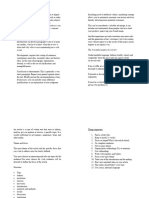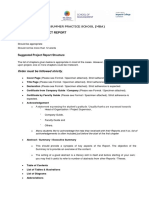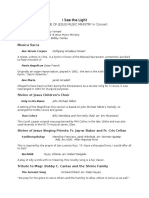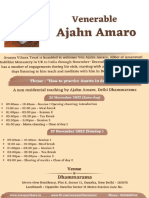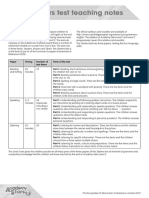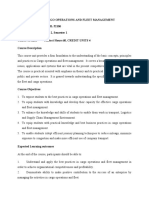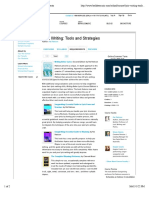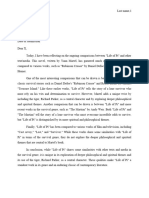Guidelines for Project
Presentation Making
�Disclaimer:
The following guidelines for making a project presentation are intended to provide general
suggestions and recommendations. However, it is important to consider the specific requirements
and expectations of your academic institution or organization when preparing your presentation.
Please consult your college, university, or supervisor for any specific guidelines or formatting
requirements.
Please note that the suggested flow of slides is flexible and can be adjusted based on the
requirements of your presentation and the nature of your project.
Remember to practice your presentation and ensure it fits within the allotted time frame.
Page 1 of 4
�Guidelines for Making a Project Presentation
Preparing and delivering an effective project presentation is crucial for effectively conveying your
work, findings, and recommendations. The following guidelines are provided to assist you in creating
a compelling presentation:
1. Introduction:
a. Start with a captivating introduction that grabs the audience's attention and clearly states
the purpose and objectives of your project.
b. Provide an overview of the project, including its background, significance, and relevance
to the field of study.
2. Methodology:
a. Explain the research design, methodologies, tools, and techniques used in your project.
b. Describe the data collection methods, sample selection, and any limitations or challenges
encountered during the project.
3. Findings and Results:
a. Present your project's findings, results, or outcomes in a clear and concise manner.
b. Use visuals such as graphs, charts, or tables to support your findings and make them more
understandable.
4. Analysis and Discussion:
a. Analyze and interpret the findings, emphasizing their implications and significance.
b. Discuss any unexpected outcomes, deviations from initial expectations, or lessons learned
during the project.
5. Conclusion:
a. Summarize the key findings, outcomes, and conclusions of your project.
b. Revisit the objectives and research question, and assess the extent to which they have
been addressed.
6. Recommendations:
a. Provide actionable recommendations based on your project's findings.
b. Discuss potential areas for further research or improvement related to your project.
7. Future Directions:
a. Highlight potential future directions or opportunities arising from your project.
b. Discuss how your project contributes to the field and how it can be built upon by others.
Page 2 of 4
�8. Q&A Session:
a. Allocate time for a question-and-answer session, where the audience can seek clarification
or ask for further details.
b. Be prepared to answer questions confidently and concisely.
9. Conclusion and Acknowledgments:
a. Conclude your presentation by summarizing the main points and emphasizing the value of
your project.
b. Acknowledge and express gratitude to your mentors, collaborators, or any other
individuals who supported your project.
Page 3 of 4
�Suggested Flow of Slides
1. Title slide:
Project title, student's name, academic institution, and date.
2. Introduction:
Introduce the project's purpose, objectives, and relevance.
3. Methodology:
Describe the research design and methodologies used.
4. Data Collection:
Explain the data collection methods and sample selection.
5. Findings and Results:
Present the key findings and results of your project.
6. Analysis and Discussion:
Analyze and interpret the findings, highlighting their significance.
7. Conclusion:
Summarize the main findings and conclusions of your project.
8. Recommendations:
Provide actionable recommendations based on your project.
9. Future Directions:
Discuss potential future directions or opportunities.
10. Q&A Session:
Allocate time for audience questions and provide answers.
11. Acknowledgments:
Express gratitude to mentors and collaborators.
Please note that the suggested flow of slides is flexible and can be adjusted based on the
requirements of your presentation and the nature of your project.
Remember to practice your presentation and ensure it fits within the allotted time frame.
Page 4 of 4










































